The architecture of the new mainstream rests on three fundamental pillars that together create an unshakeable foundation for cultural transformation. These aren't abstract concepts—they're the concrete building blocks that turn scattered communities into unified movements, individual voices into choruses of change, and cultural pride into economic power.
Content. Community. Commerce.
These three pillars work in harmony, each strengthening the others, creating a virtuous cycle that amplifies African culture and stories until they become impossible to ignore. Understanding how they interconnect is crucial to building the new mainstream, because none can stand alone for long.
Content: The Foundation of Cultural Currency
Content is where everything begins. Not just any content—authentic, high-quality content that reflects the full spectrum of African experience. This is the foundation upon which all cultural movements are built, because stories shape reality.
For too long, African stories have been told by others, filtered through foreign perspectives, reduced to stereotypes that serve someone else's narrative. The new mainstream demands that we reclaim our storytelling power and use it strategically.
Content creates connection before commerce. Before anyone will buy from you, invest in your vision, or join your movement, they need to feel something. They need to see themselves reflected in your stories. They need to experience that moment of recognition where they think, "Finally, someone gets it."
Consider how Michaela Coel's "I May Destroy You" didn't just entertain—it sparked global conversations about consent, trauma, and healing that resonated far beyond its primary audience. Or how Burna Boy's "African Giant" album didn't just top charts—it redefined how the world perceives African artists and their global influence.
This is content as cultural currency. It holds value, it can be exchanged, and it appreciates over time when done authentically.
The Content Multiplier Effect works like this: One powerful piece of authentic content gets shared, sparks conversation, and creates demand for more. Each piece builds on the last, creating a library of cultural reference points that becomes invaluable to your community.
But here's what most people miss—content must be both mirror and window. It must reflect the experiences of your core community (mirror) while offering insights into African culture for those discovering it (window). This dual function is what allows content to build bridges while strengthening identity.
Community: The Amplification Engine
Content without community is just broadcasting into the void. Community is what transforms individual voices into collective power, turning scattered audience members into a unified movement.
Real community is built on shared values, not just shared interests. Anyone can create a Facebook group or Discord server. Building authentic community requires deeper intentionality. It's about creating spaces where people feel genuinely seen, heard, and valued for who they are.
The most powerful communities in the new mainstream share three characteristics:
Purpose-driven connection. Members aren't just there to consume content—they're there to contribute to something larger than themselves. They see themselves as part of a cultural movement, not just an audience.
Genuine reciprocity. Value flows in all directions, not just from creators to consumers. Community members support each other, collaborate on projects, and collectively build the culture they want to see.
Cultural authenticity. The community feels unmistakably African in its energy, values, and expression, even as it welcomes curious outsiders who approach with respect and genuine interest.
Community creates the multiplier effect that turns individual efforts into collective impact. When one person in a strong community succeeds, they lift others with them. When someone creates powerful content, the community amplifies it. When opportunities arise, they're shared.
This is how Homecoming Festival went from Beyoncé's personal project to a cultural moment that inspired thousands of other creators, sparked academic discussions, and influenced fashion, music, and visual arts globally. The community that formed around that cultural expression became a force multiplier.
Commerce: The Sustainability Generator
The third pillar—commerce—is where many cultural movements stumble. There's often discomfort around monetising culture, as if financial success somehow diminishes authenticity. This thinking keeps communities dependent and movements unsustainable.
Commerce isn't the corruption of culture—it's the fuel that keeps cultural movements alive and growing. Money follows attention, and attention follows authentic cultural expression. The question isn't whether to monetise, but how to do it in ways that strengthen rather than compromise your cultural integrity.
The new mainstream approaches commerce as circulation, not extraction. Instead of taking value out of communities, it circulates value within them, creating sustainable ecosystems where cultural authenticity and financial success reinforce each other.
Commerce takes many forms in the cultural economy:
Direct monetisation through subscriptions, merchandise, events, and experiences that people genuinely want and value.
Strategic partnerships with brands that align with your values and enhance rather than dilute your cultural expression.
Creating platforms and marketplaces where community members can build their own economic opportunities.
Developing products and services that solve real problems while celebrating cultural identity.
The key is ensuring that every commercial activity strengthens the content and community pillars rather than competing with them.
How the Three Pillars Interconnect
The magic happens when all three pillars work together in harmony:
Content feeds community by giving people something meaningful to discuss, share, and rally around. Great content sparks conversations that build relationships.
Community amplifies content by sharing it, discussing it, and creating derivative works that expand its reach and impact.
Commerce sustains content creation by providing the resources needed to maintain quality and consistency over time.
Community drives commerce by creating demand for products and experiences that feel authentic to the culture.
Content enables commerce by building the trust and cultural credibility necessary for authentic monetisation.
Commerce strengthens community by creating shared economic opportunities and reducing dependence on external funding sources.
This interconnection creates a self-reinforcing cycle that becomes stronger over time. As each pillar strengthens, it supports the others, creating exponential rather than linear growth.
Building Your Three Pillars
Start with content, but think systematically about all three from the beginning:
For Content: Focus on authenticity over polish, consistency over perfection, and community value over viral potential. Create content that your community genuinely wants to see and share.
For Community: Prioritise genuine connection over growth metrics. Create spaces where people feel safe being authentic and valued for their contributions.
For Commerce: Align financial opportunities with community values. Create value for your community before extracting value from it.
Measure what matters: Track engagement depth, not just reach. Community retention, not just growth. Customer lifetime value, not just transaction volume.
The three pillars aren't a business model—they're a cultural development framework. They're how scattered voices become unified movements, how niche communities become mainstream influence, and how cultural pride transforms into sustainable power.
When these three pillars are strong and interconnected, something remarkable happens: you stop chasing the mainstream and start creating it. The culture you've built becomes the reference point others aspire to. Your community becomes the standard others try to replicate. Your approach becomes the model others study.
This is how the new mainstream rises—not by asking permission to sit at existing tables, but by building tables so compelling that everyone wants to join. The three pillars are your blueprint for construction.


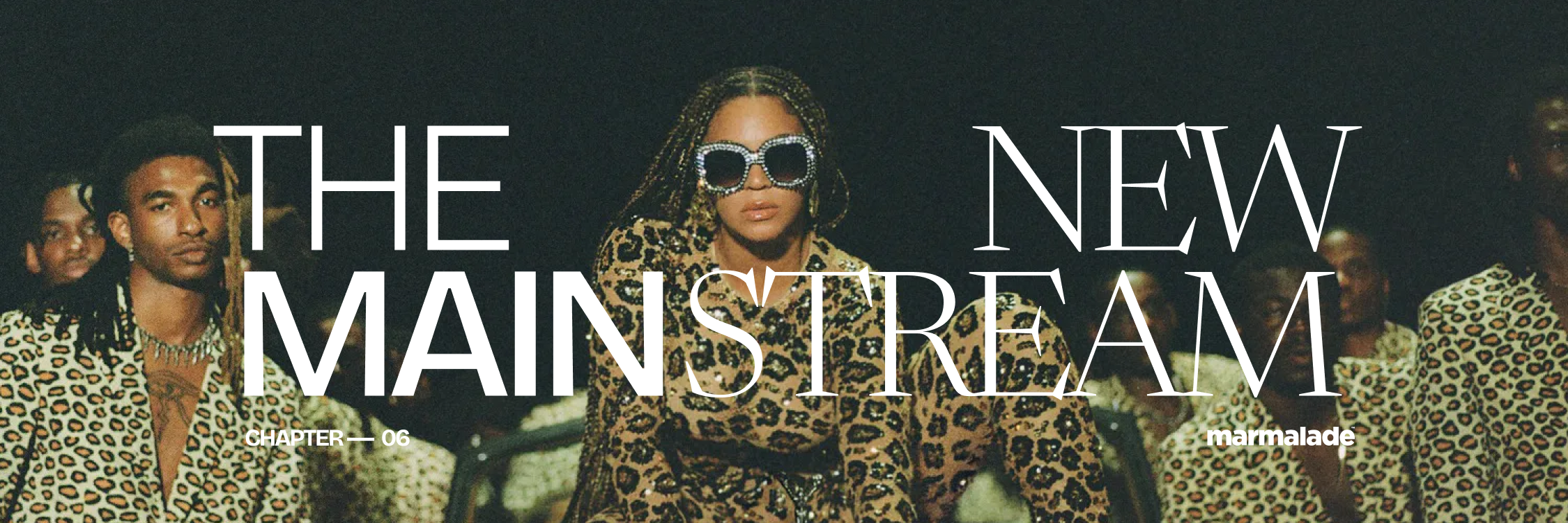
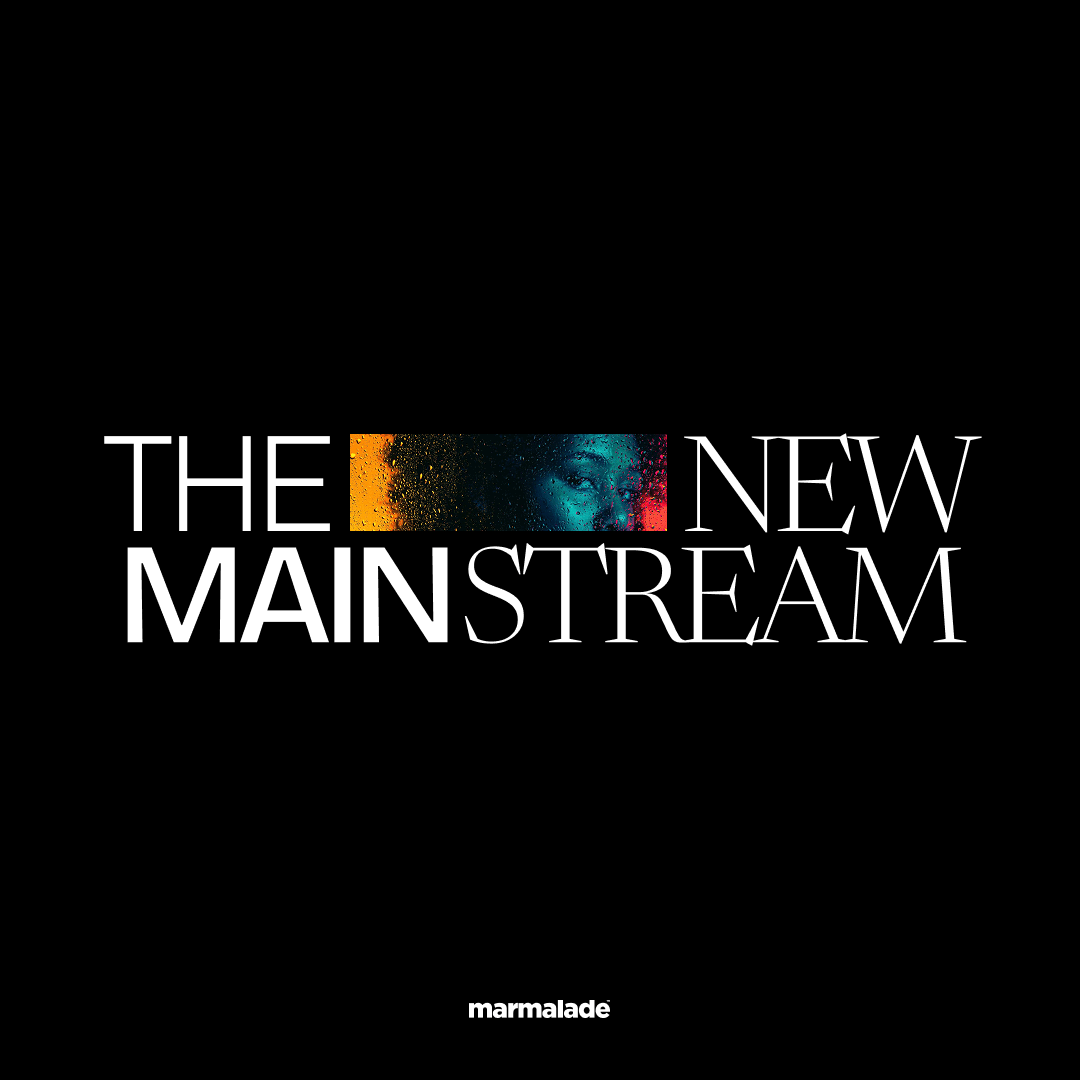
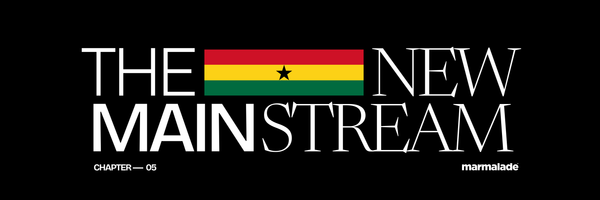
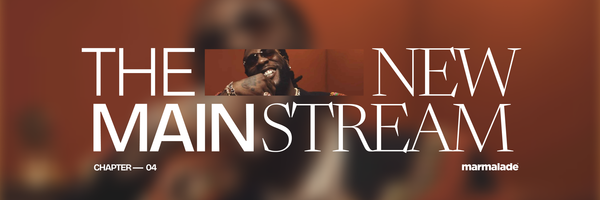
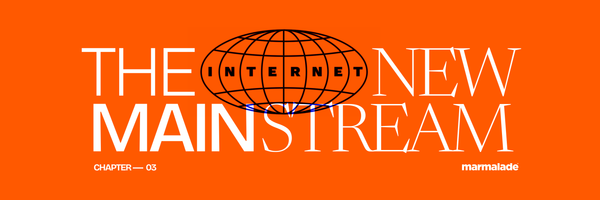
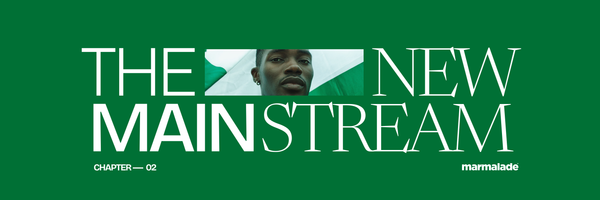
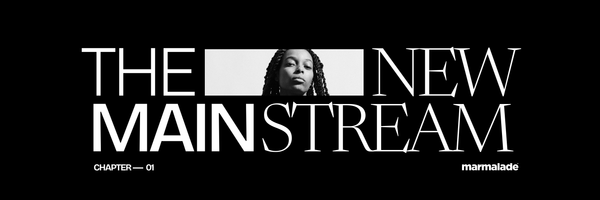
Member discussion